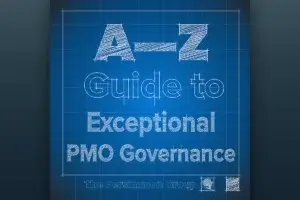Recently a colleague of mine expressed her annoyance that she hadn’t received a reply to an email request she’d sent to a mutual associate. Although the initial request had not been pressing, after several days with no response, it was now urgent. Having frequently worked with the email recipient myself, I told my colleague that if she received a phone call about the request she was likely to respond immediately.
The Cost of Poor Communication
Although I was able to help my colleague solve her problem, a survey of 400 companies with more than 100,000 employees each showed an average loss per company of $62.4 million per year due to inadequate communication between employees.
Communication Preferences
What was the root cause of this particular communication breakdown? Should the person who sent the e-mail have been clearer about what they needed? Did the recipient not understand that the request was important? Perhaps. However, I believe the primary source of conflict in this situation was the lack of understanding of each person’s communication preferences.
Many of us are guilty of assuming other people prefer the same methods of communication as we do. However, this is often not the case. And with the abundance of communication tools available today, it’s easier than ever to miscommunicate.
Create a Communication Preference Matrix
A simple, easy-to-implement step toward improving team communication is to create a Communication Preference Matrix. A Communication Preference Matrix lists how everyone prefers to be contacted in an emergency, for time-sensitive requests, and for day-to-day requests. If possible, keep this to one sheet so people can keep this at their desk to use at a quick glance. A template download can be found below/here.
Here’s how to create a Communication Preference Matrix:
- List all the individuals to be included.
- Reach out to the individuals you identified and ask which type of communication they prefer in these 3 different scenarios: day-to-day requests, time-sensitive requests, and emergencies.
- Be sure to ask if they have any special considerations or circumstances that could impact their preferences. (Ex. If after 3:30 please call. )
- Populate this information in the template provided.
- Distribute the Communication Preference Matrix to the team.
A Communication Preference Matrix really is that easy to create. And, it can be extremely effective for improving communication and reducing conflict, on your team.












